Bessemer, Alabama, once known as “The Marvel City,” recently also earned the dubious distinction of being tagged as “the most dangerous city in America,” thanks to its reported per capita violent crime rate.
Yet, a closer look paints a more intricate picture of a city that refuses to be pigeonholed by such a label.
This blog post delves into the subtleties of Bessemer, recognizing its challenges while also challenging the notion that crime statistics alone should serve as the yardstick for defining a city.
The arbitrary nature of crime rankings and how it affects our perception
Crime rates often simplify the narrative of a city, offering just a glimpse of its complexity.
Big cities like Atlanta provide a case in point—certain pockets within them might boast crime figures that could be much worse than Bessemer, yet the overall city statistics appear less dire due to more thriving neighborhoods being counted in the overall crime rate.
The opposite is also true: Cities like St. Louis might look worse than they are because the boundaries used to define the official city limits (where most people in the metro area don’t live) are crime-filled.
This underscores a crucial reality: the perception of danger often hinges on how we define cities and the criteria we apply in our analyses.
It’s also not uncommon to stumble upon sketchy areas right next to upscale neighborhoods.
You could live in a city with a bad crime rate but if you’re right on the border of one of the safest cities, your specific neighborhood might not be bad at all and vice versa. So proximity to crime is another factor that these crime studies don’t always reveal.
And let’s not overlook the arbitrary nature of these “most dangerous city” studies.
Setting the city population cutoff at 25,000 (which coincidentally is 1,000 less than Bessemer) introduces a subjective element. Had they chosen 20,000 or any other number, it’s highly likely that another city would have to take the hit of being the number one “most dangerous city.”
And that’s not even mentioning the high volatility in crime that cities with lower populations may face. In any given year a small city with a moderate crime problem could have a spike that takes them from obscurity to the top of the list.
Basically, crime data and these SEO-focused studies based on them often paint an incomplete picture.
Are they worthless? No.
I believe there’s still value in having access to this type of data and I’d even argue these “click-baity” lists have some value as long as you understand how to use them as a guide post for your research.
But a more in-depth investigation is needed to arrive at any meaningful conclusions on the dangers present in a given neighborhood.
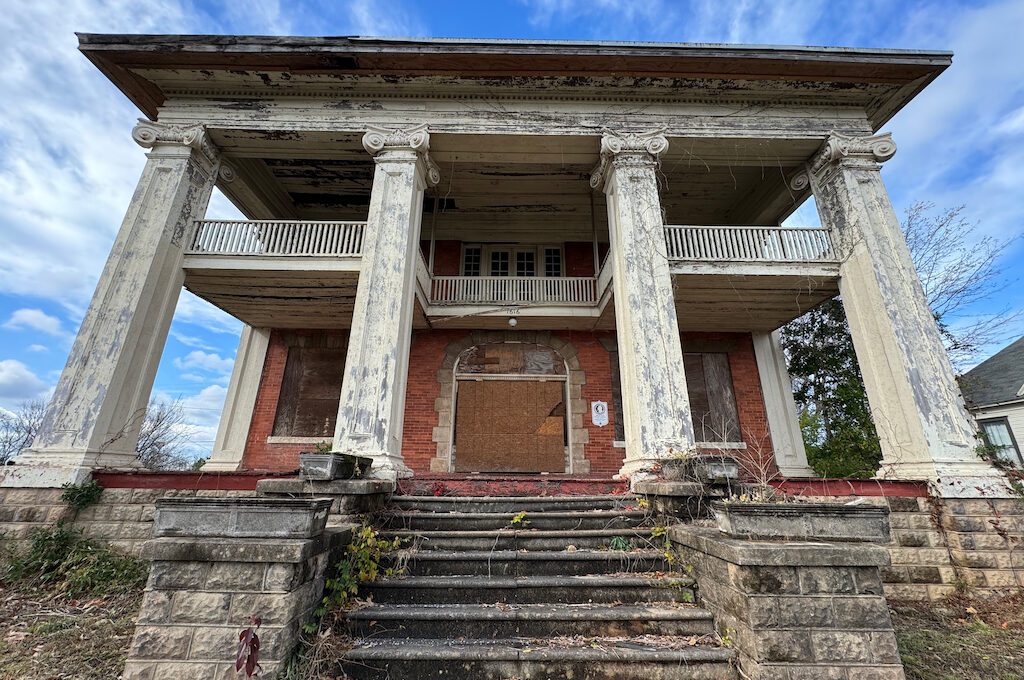
Bessemer in Context
Bessemer’s reported violent crime rate of 33.1 per 1,000 residents is alarming, especially when compared to the national average which would be about 3.8 per 1,000, according to Statista. That’s almost 9 times higher than the national average.
(Update: this per capita crime rate may have been based on “projected” crime using NeighborhoodScout’s predictive data. They claim up to 98% accuracy.)
Make no mistake, having grown up in an area rife with crime, I don’t take crime, especially violent crime, lightly.
However, what struck me during my visit to Bessemer was its surprising lack of a crime-ridden atmosphere. Despite the town resembling a bit of a ghost town, with numerous abandoned structures contributing to its infamous reputation, the experience was not what I anticipated.
Even among the locals, there’s been a collective surprise at the labeling of the area as the “most dangerous city,” a sentiment clearly reflected in the comments on the TikTok/IG reel I put together (a reel I now wish I could edit with quotation marks to read “most dangerous city”).
Many buildings appeared to have been ravaged by fire, and entire facilities stood abandoned, likely remnants from the heyday of the old steel manufacturing days before the local economy took a nosedive.
Yet, these visually impactful structures don’t encapsulate the entire narrative. The prevalence of abandoned buildings is a shared challenge for many cities across the United States, echoing the shifts in economies and demographics.
Bessemer’s struggle with deserted structures is, to a significant extent, a reflection of broader societal issues rather than a standalone phenomenon unique to the city’s reputation of crime.
Every city grapples with its own set of challenges, and Bessemer is no exception. Yet, reducing Bessemer solely to its crime rate neglects the vibrant communities thriving within its borders and could turn away potential visitors who could be missing a good meal or some interesting history.
Beyond the high crime statistics, the city boasts unassuming neighborhoods, inviting parks, a history museum, and more than a few culinary reasons to visit. In a nutshell, it felt like just another small town, albeit one that has weathered some significant challenges.
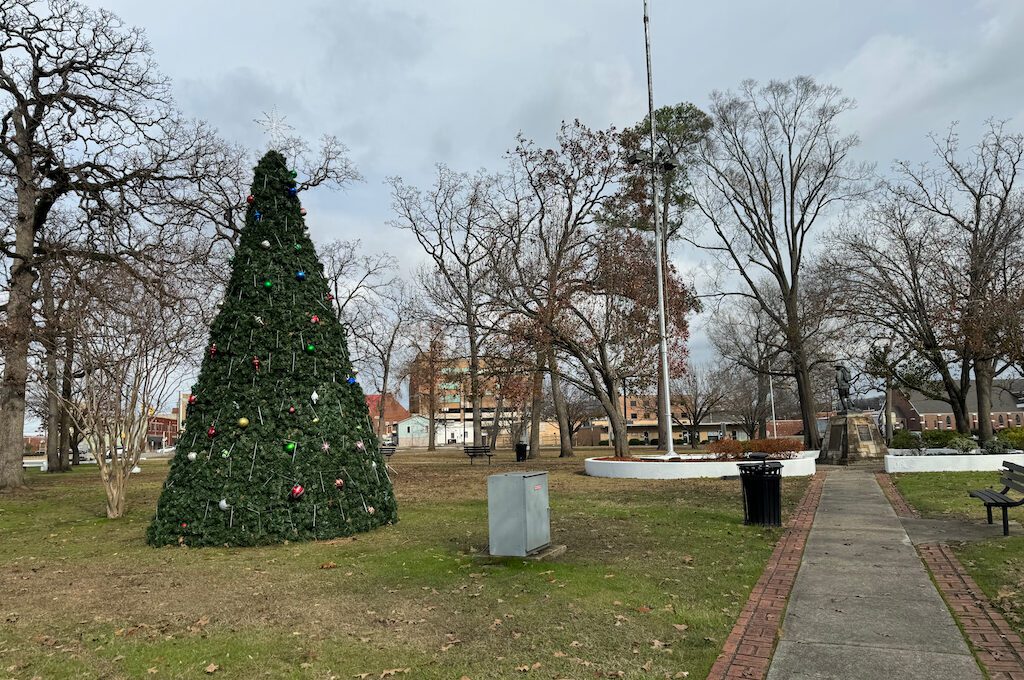
The tenacity of Bessemer shines through, particularly when you ponder the lasting legacy of institutions like the Bright Star.
As Alabama’s oldest restaurant, it boasts a storied history and a reputation for delectable dishes such as snapper and gumbo. Despite having just indulged in a meal at another historic Alabama eatery, the birthplace of Fried Green Tomatoes, the Bright Star beckoned with its alluring interior and tempting offerings.
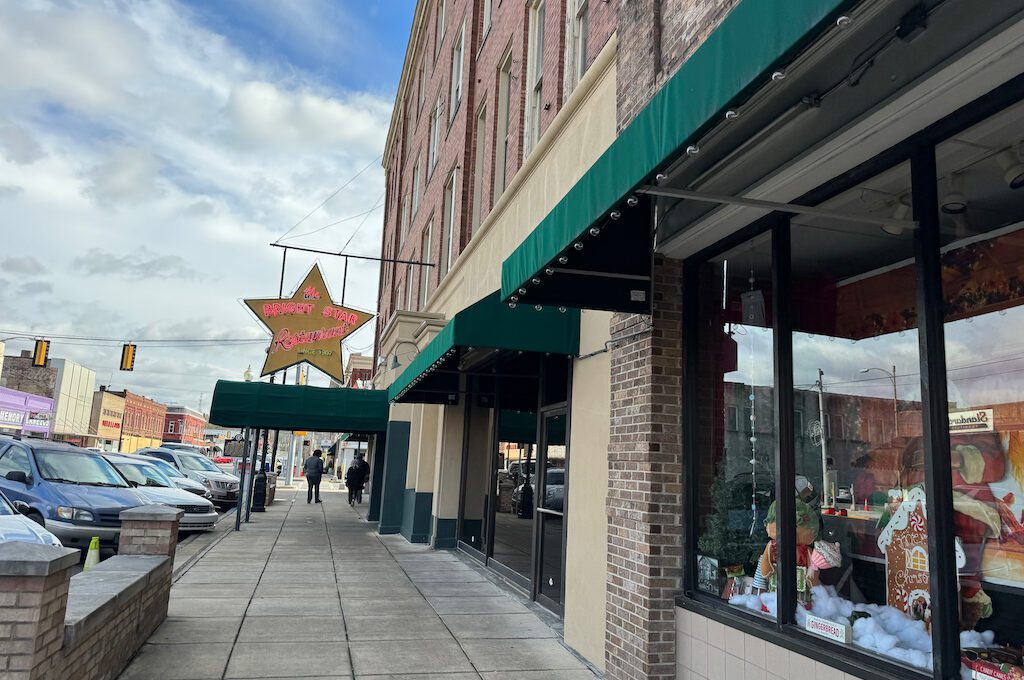
And let’s not overlook Bob Sykes BBQ, a third-generation ran restaurant, famed for its barbecue delights and red velvet cake. Then there’s Kings Wings, earning its reputation for delectable chicken wings.
These spots contribute significantly to Bessemer’s culinary landscape, highlighting the city’s diverse and flavorful culinary offerings. They’re the kind of places that would slip through the cracks if we based our travel decisions solely on crime data.
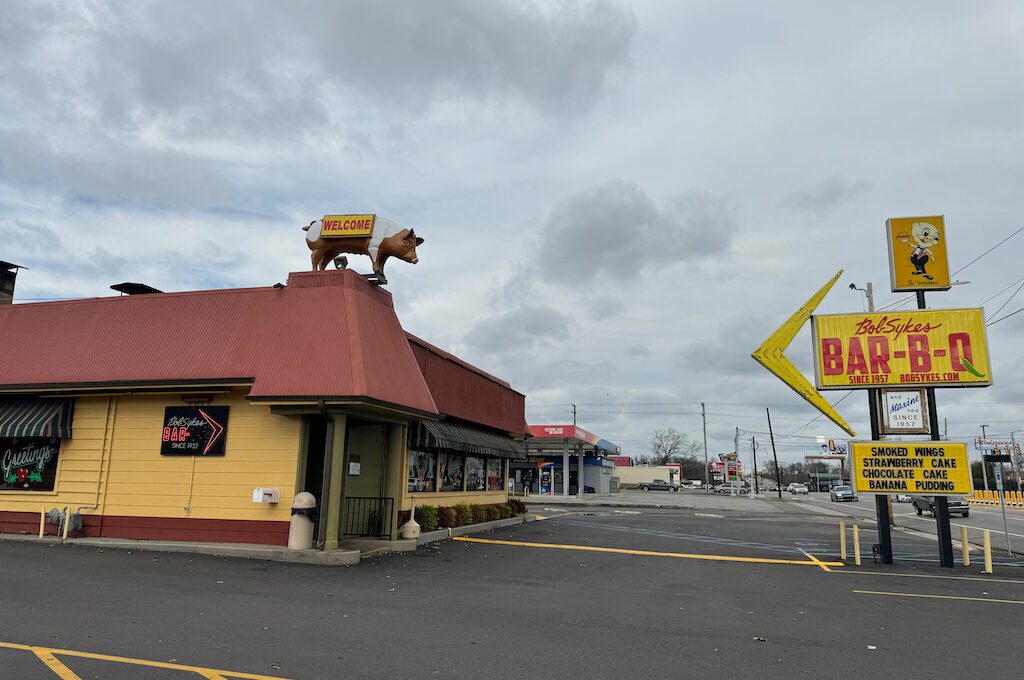
And then there’s a roster of noteworthy residents that adds another layer to Bessemer’s identity. The list is quite extensive, featuring prominent figures who have emerged from this city.
Heisman winner Jameis Winston stands among them, but the standout athlete, widely regarded as one of the most naturally gifted in both baseball and football, is Bo Jackson. His name alone resonates in the realm of professional sports, and his unrivaled folklore was born amid these streets. (Hometowns are somewhat debated depending on how you define them since they went to different high schools, etc.)
Adding to the cultural tapestry are noted Tuskegee University photographer P. H. Polk and actor Glenn Shadix, both born in Bessemer. World-renowned artist Thornton Dial also spent most of his life in the city. And let’s not forget the quirky fame of residents Keith and Donna Barton, who gained notoriety in the mid-2000s for their hen, Matilda, dubbed the “World’s Oldest Living Chicken.”
The cultural landscape is equally enriched with artists like Gucci Mane hailing from Bessemer. It’s evident that this town has made its mark not only in mainstream sports but also in the media and arts, showcasing a diverse range of talent.
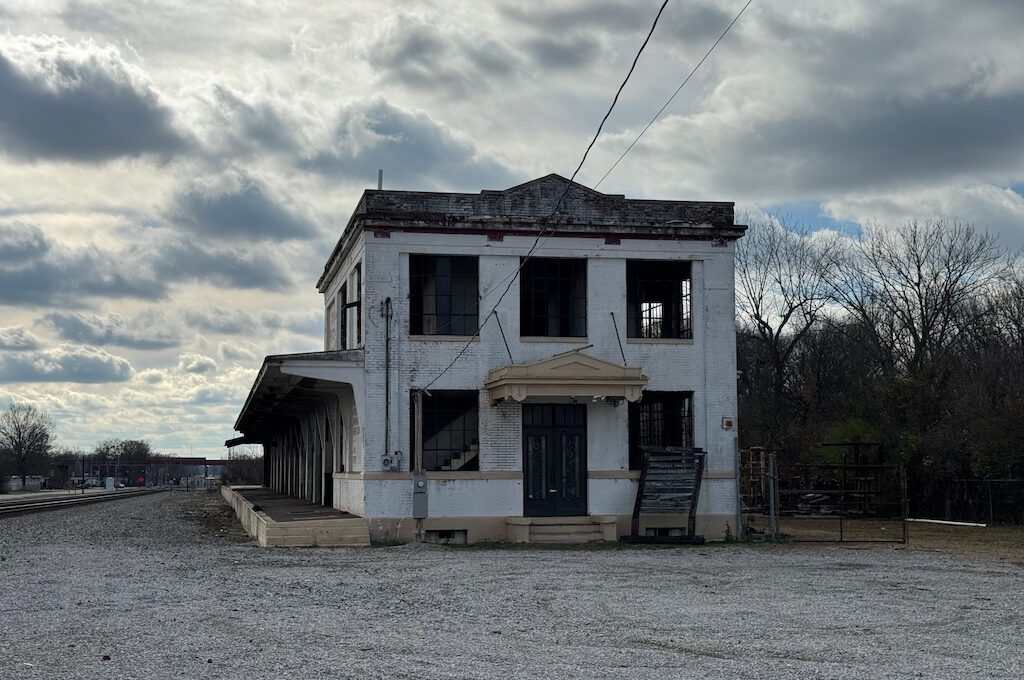
Conclusion
Bessemer, AL, truly defies preconceived notions. Judging by the reported crime data alone, you might anticipate an urban landscape resembling a war zone.
Yet, upon visiting, you’re met with a quiet landscape dominated by unassuming streets and abandoned buildings, creating a bit of a ghost town vibe. However, within this quiet exterior lies a community with hidden culinary gems and a rich regional history.
Certainly, caution and common sense are paramount when exploring and its violence should be taken seriously, but Bessemer is a fascinating example of how the crime data doesn’t always align with the on-the-ground experience. Bessemer emerges as a place where the (potentially questionable) numbers tell one story, but the lived experience paints a different and more nuanced picture.
Daniel Gillaspia is the Founder of UponArriving.com and the credit card app, WalletFlo. He is a former attorney turned travel expert covering destinations along with TSA, airline, and hotel policies. Since 2014, his content has been featured in publications such as National Geographic, Smithsonian Magazine, and CNBC. Read my bio.

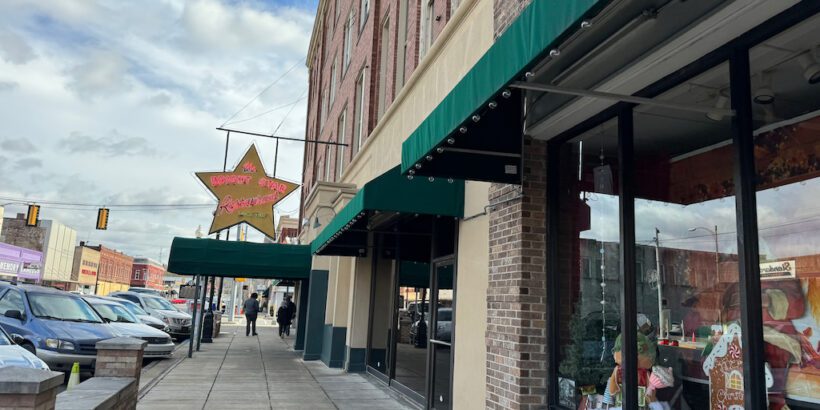
They are all “couzins”,related through friends. Police and CITY COUNCIL.
THEY WOULD NOT ARREST A SOUL UNLESS IT IS MURDER.
RESPONSE TIME FOR POCE IS 20 MINUTES. BLEED OUT.